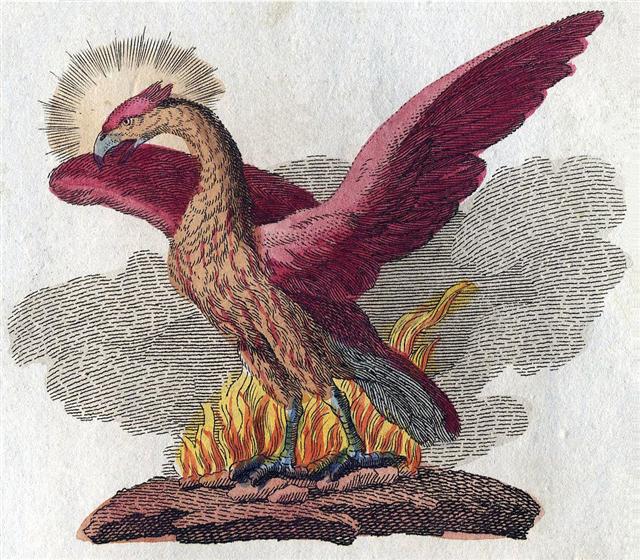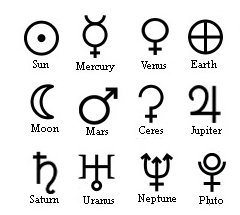Chairemon might have decided to put his item number 16 as the Stag because this should bring to mind the 16 days before a star returned to visibility from its close encounter with the Sun. ... Chairemon continues his list by offering as number 16: 'eniautos: phoinix', i.e., a different span of time, the much-discussed 'Phoenix-period' (ca. 500 years) ... 500 - 365 = 135 → May 15 (*55) → the first (zero, 'egg') day of the Pleiades. The hard antlers (horns) of a stag (hart) were anciently used for various purposes, especially for digging in the ground.
... Before I had time to take notes the information was gone from my TV screen. But what remains in my memory must be retold. There was somewhere among the 'Paradise Islands' - which ought to have been located close to New Guinea where the birds of paradise once were thriving - a species which I think might have been the origin of the mythical Phoenix. It laid a single great white egg and after some time (27 days if I remember it right) a rather fully grown chicken emerged from the ashes in which his mother had dug a properly located hole. This hole had to be on the slope of an active volcano and the temperature in the hole she had dug with her powerful feet down into the ashes had to keep a temperature close to 95º Fahrenheit. His mother had fought with other such birds in order to secure a good hole which had exactly the right temperature for hatching out her offspring. Unfortunately I cannot recall with certainty what the name of this species was, but the bird was sooty black all over and looked rather similar to a raven. Later I investigated further by way of the internet and concluded that this bird born from the ashes ought to be a close relative to the greater of the Melampitta pair (i.e. Megalampitta giganteus) - a curious character who has its nest down in limestone sinkholes and who has stubby wings from climbing up and down the walls inside such a hole ... In the G text the number of glyph positions was not the expected 29½ fortnights = 413 (one less than 414 → 41.4 → Bharani → the place of birth → the navel), but 16 * 29½ = 472. And the Navel of the Horse (Sirrah) was 63 days (9 weeks) before the end of side b.
Possibly the Navel of the Ocean (from where fire-wood emerged) was referring to Sirrah = the Navel of the Horse. This guess can be confirmed by 456, the number of the birth place of Maui-tikitiki A Taranga:
For then 456 + 16 = 472 = 16 * 29½. QED.
.... Though Andromeda has its roots most firmly in the Greek tradition, a female figure in Andromeda's place appeared in Babylonian astronomy. The stars that make up Pisces and the middle portion of modern Andromeda formed a constellation representing a fertility goddess, sometimes named as Anunitum or the Lady of the Heavens ...
When Hevelius was drawing attention to the place of the Wolf (η Andromedae) it was surely in order to connect Andromeda with the ancient fertility goddess Anunitum - pictured as a fish also in Babylonia (cfr above).
We should rely on Hevelius and his wife:
|






